We’re excited to be able to work with LINK in showcasing the debut of their new line of Furoshiki (traditional Japanese wrapping cloth). And in addition, we’re also happy to share an exclusive interview and photos of the furoshiki printing process, which was done at Chiffonez, a printing company in Japan. Despite having a large portion of their operations in Kanagawa, their sewing factory is in Fukushima, where they sustained heavy damage due to the earthquake and tsunami. 10% of all furoshiki sales will be going towards recovery efforts in Tohoku.
I really love the modern twist that in-house designer Lucinda and UK-based designer Hannah Waldron applied to the age-old furoshiki.
The Interview
Kyoko, Link’s Tokyo director, and photographer Martin Holtkamp visited the furoshiki printing facility, along with Mr. Tanaka of Chiffonez. The facility is located near Chogo Station on the Odakyu-Enoshima line. The owner of the furoshiki printing facility, Mr. Fukuda, is carrying on a family tradition that has spanned over 50 years and two generations. Fukuda, who emits the faintest odor of salt, has enjoyed a long career. He started dyeing furoshiki all the way back when he was in kindergarten. (translated interview by Gengo)
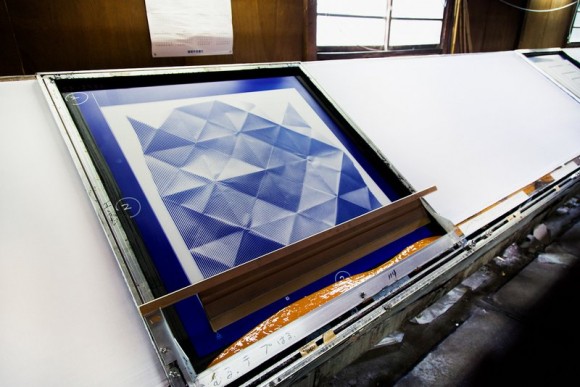 all photos by Martin Holtkamp | click to enlarge
all photos by Martin Holtkamp | click to enlarge
Q: To begin with, would you mind explaining the furoshiki production process?
A: There are many stages in the furoshiki production process. Factories are divided up into various specialized fields, and Chiffonez plays the role of coordinator all the way through to the final stage.
First, at the factory that produces the templates, they are stencil dyed one at a time by hand. Colors are added one by one in the process, so if there are a lot of colors, the number of templates increases. The work is done by hand, but the artisans are highly skilled, so they duplicate the desired design data within millimeters.
After that, they are sent to the printing facility to begin the dyeing process. After the desired design data is confirmed, the colors are mixed based on the Pantone system, using data that we’ve accumulated over time. Coloration is deeply affected by climate and humidity, so all of our work is done with careful consideration given to the weather forecast. Everything his hand-dyed, so the most we can color in one day is 3000. If there are a lot of different colors, we can’t do more then 500. (The facility we visited performs this stage of the dying process.)
The furoshiki dyeing method is one in which long cloths are stretched tightly by a special machine, and then colors are applied meticulously so as to not deviate from the pattern. This craft that doesn’t allow for even a millimeter of deviation–having that sense of distance between neighboring points–is truly a super-human feat. To the observer, the technique, in which the cloth is placed in a frame, and the color is applied quickly and rhythmically, seems to be over in the blink of an eye. That is a testament to the physical strength and experience of the workers.
After one color is applied, the application of the second color is where the meticulous nature of the craft becomes apparent.
LINK’s furoshiki don’t have these one millimeter shifts in hues right next to each other, but of course such furoshiki certainly do exist.
Once the dyeing process is finished, the cloths are briefly dried, washed in water to settle the colors, and because they shrink slightly, they are shipped to a sewing factory. In the tsunami of March 11, 2011, the sewing factory in Fukushima Prefecture that did the sewing work on LINK’s furoshiki was destroyed. The area around Fukushima and Miyazaki has always been a place where there were a lot of factories making Japanese clothing, but the terrible damage from the tsunami has made it very difficult to getting things up and running again, even now.
Since then, the sewing for LINK’s furoshiki has been handled at a factory in Tokyo.
Q : So all of the patterns are still created by hand?
A: Actually, there are automatic printing methods, but one machine can run as much as 40 or 50 million yen, so not a lot of manufacturers in Japan had them. The lot count for our orders is low, but that is compatible with our methods of stretching and dyeing. Our workers have worked alongside one another for many years, are familiar with all the stages of the process, and are far more accurate than any machine.
Q : And what about the materials that you use?
A : If you use cheap fabric, it will shrink a lot, so we have to be careful when we select fabric. The material we used in making the recent line of LINK furoshiki is a light material called shantung.
Q : What is it like inside the factory?
A : We have a lot of boilers for keeping the dyes dry. It gets really hot in the summer. This factory has been operating since the Showa 30’s (1957~66), so it has suffered a lot of wear and tear, but it’s practical and we’re used to it, and not a lot of manufacturers use this kind of equipment, so we’ll probably be working in these conditions for a long time.
Fortunately, when the big earthquake hit, the place where we store our templates swayed in the same direction that it was leaning, so we didn’t take a lot of damage.
Q : Were there any difficult challenges in the recent production of LINK furoshiki?
A : On Hannah’s design, since it was a design that used two colors, and was a playful pattern that was intentionally just slightly irregular, we had to be very careful to match up the two pattern templates.
For Lucinda’s design, in order for the origami pattern to come out beautifully, the degree of effort that we put into applying the color became extremely important.
We then posed this question to Mr. Tanaka, from the furoshiki maker, Chiffonez.
Q: How do you see the current demand for furoshiki?
A: Popularity of the old brands has declined, and instead, traditional Japanese designs are pretty popular right now. Even more than furoshiki, we are getting a lot of orders for handkerchiefs. It is believed that printed handkerchiefs also originated in Japan.
Even still, every year there are less and less factories, as production is being moved overseas. You can see a huge difference in quality, though, in the intricacies of this craft that has been cultivated over so many years, in this craftsmanship that Japanese people happened to possess from the very beginning. With skepticism toward mass production, and a sense of the unique qualities of Japanese craftsmanship, recently, inquiries about dye orders from places like Asia, the Middle East, Europe, and America are on the rise.
However, in all honesty, there is always a fear that the number of craftsmen will go down, demand will go down, and then what will we do? I really hope that by sending this interview out to people all over the world, we can show them some of the fine craftsmanship and history of Japan.
Q: Mr. Fukuda, do you have any resolutions for the future?
Be diligent every day.
Be creative and innovative.
Our future is in your hands.
These are one of a kind, handmade objects. And though this craft may be at the mercy of things like climate and humidity, it has a long, deep history. In these objects one can truly feel the value of the delicacy and care that give them their superior quality. And one feels that one way or another this amazing craft will be passed on to future generations. In the production of every single furoshiki is a story. A story of design, modeling, coloring, and sewing, and of so many different hands working together. In the process of completing this grand collaboration, we can certainly feel a renewed sense of pride in the delicacy of making things by hand, and in LINK furoshiki. LINK is donating 10% of our Etsy sales to the sewing factory that was damaged by the tsunami.
Select furoshiki are available through the spoon & tamago shop.
(full disclaimer: Spoon & Tamago was not compensated for this post.)

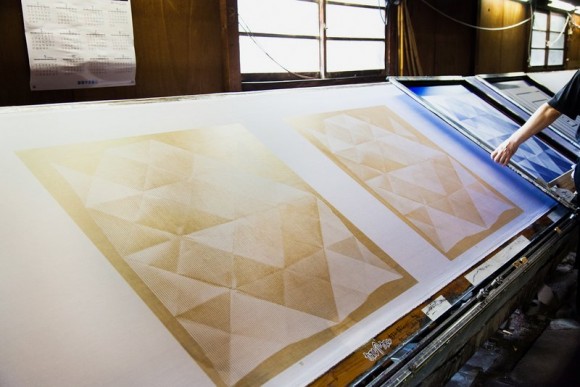
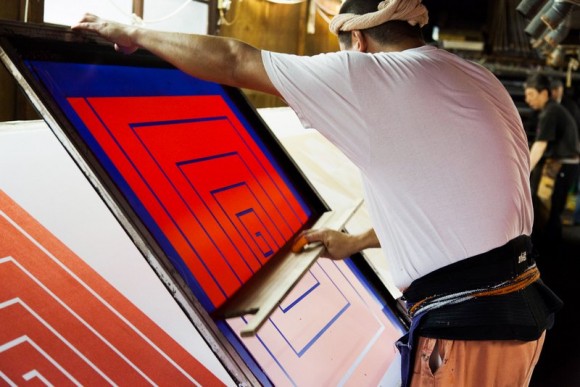
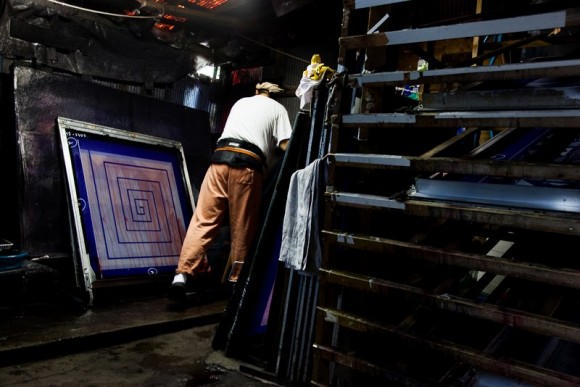
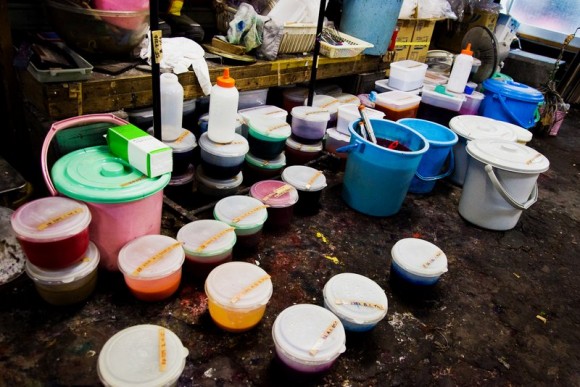
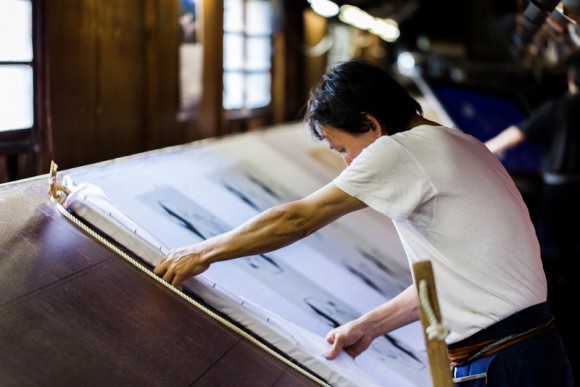
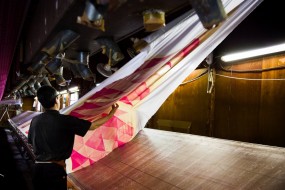
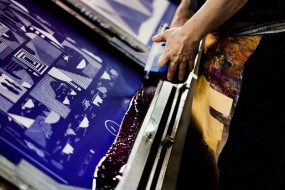
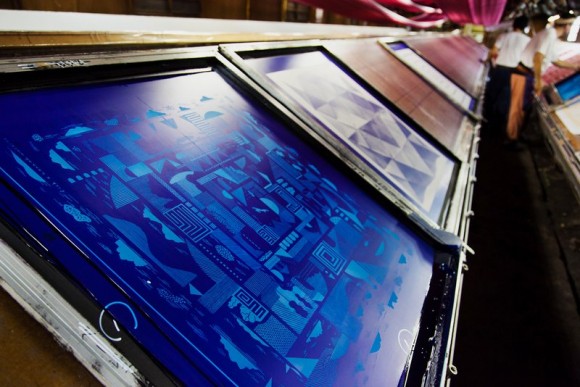
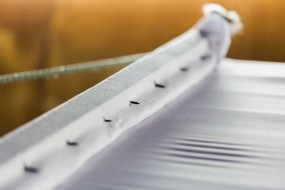
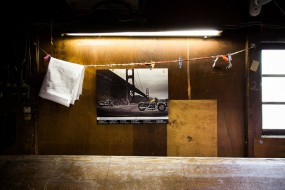
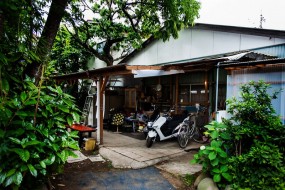
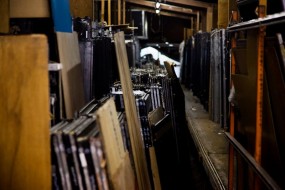
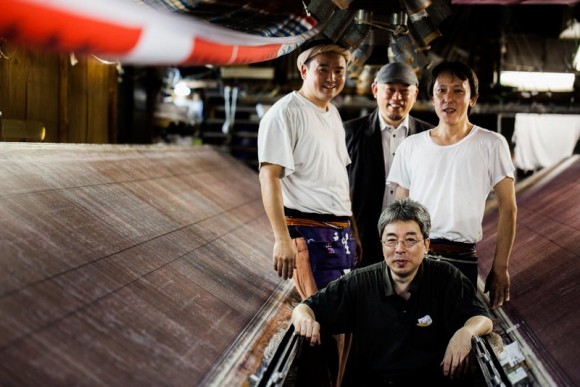
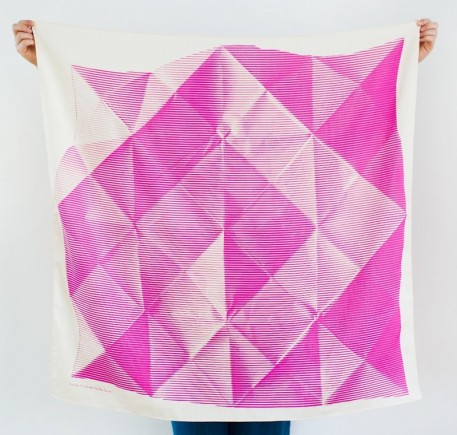
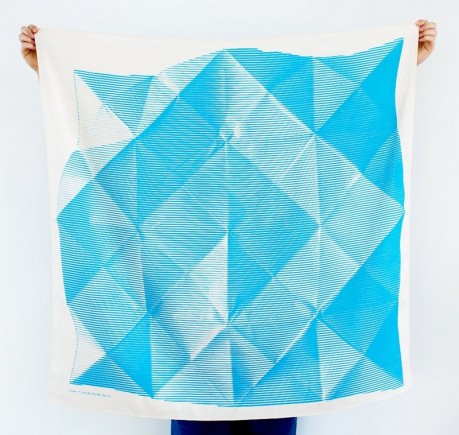
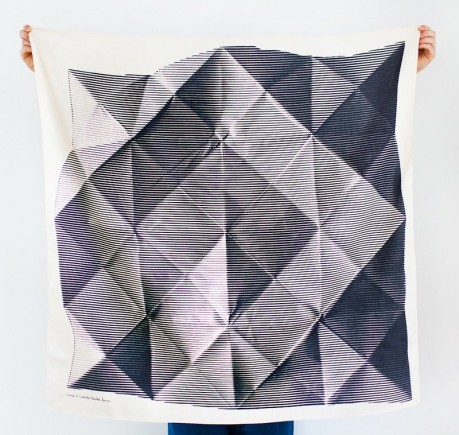
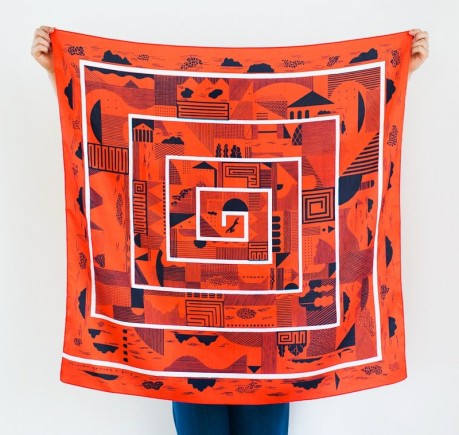
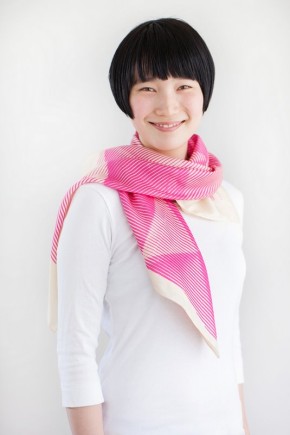
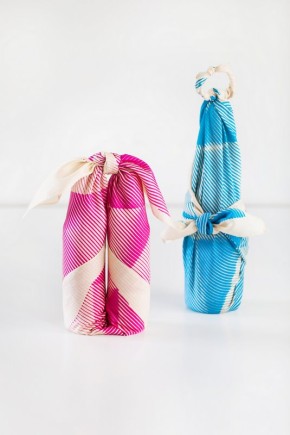
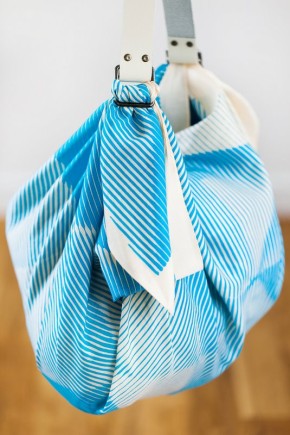
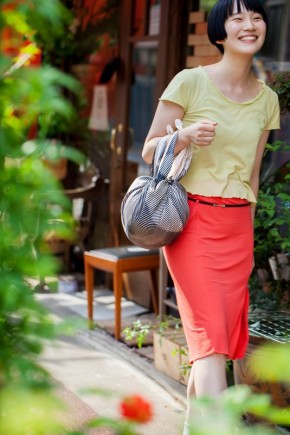
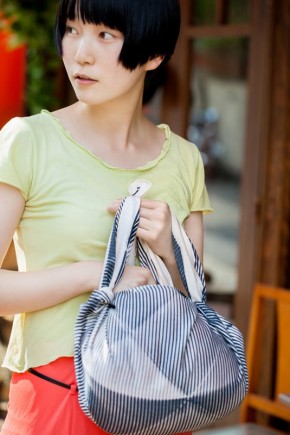
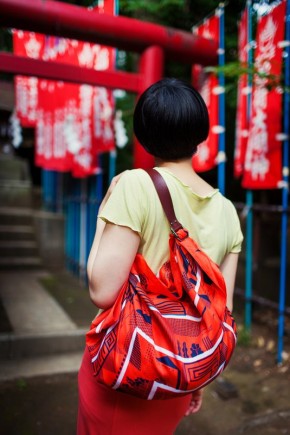

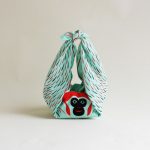
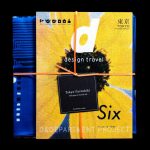
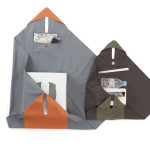
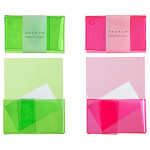


















July 3, 2012 at 11:16 am
OMG so super gorgeous!!! Flash sale for this please!!!!!!
July 3, 2012 at 11:40 am
thanks Shirley! but you don’t even need a flash sale. they’re available on etsy! http://www.etsy.com/shop/thelinkcollective
July 4, 2012 at 11:30 am
Oh yeayyyyy ^^